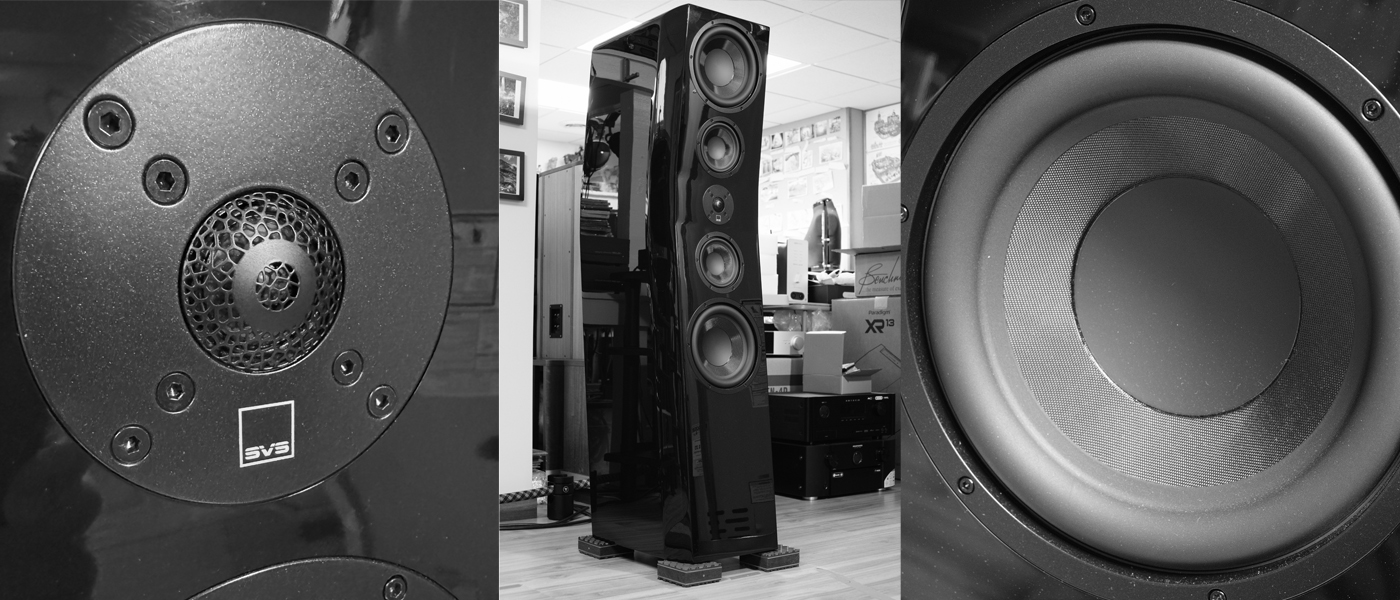The X-P700 preamplifier and X-A160 EVO amplifier reviewed here blend classic hi-fi design elements with modern innovation. Designed to work together, this pair showcases Advance Paris’s commitment to delivering high-quality sound quality at accessible price points.
The combination of the Advance Paris X-P700 preamplifier and X-A160 EVO power amplifier is engineered to deliver a high-performance audio experience. The X-P700 preamplifier offers considerable versatility, accommodating both analog and digital signal switching. The X-A160 EVO power amplifier has been developed with both power and finesse in mind. Both units feature selectable operational modes: the preamp can be run in Class A or Discrete mode, while the amplifier has a bias switch in its operational mode. Priced at $2,499 each, these components represent a competitive offering in terms of flexibility and functionality. The review will further elaborate on their features and performance.
X-P700 preamplifier
- Dual mono circuit topology
- Options for Class A or Discrete output modes
- Analog and digital signal switching capabilities
- MM/MC phono stage
- Burr-Brown PCM1796 (24-bit/192kHz) onboard DAC
- Infrared remote control
X-A160 EVO power amplifier
- Compartmentalized chassis design
- Balanced (XLR) and unbalanced (RCA) inputs.
- Output power: 160 W per channel into 8Ω, 240 W per channel into 4Ω
- Optional high-bias Class AB operational mode (switching from class A to class B occurs at higher wattage)
- Dual VU meters with dimmable illumination
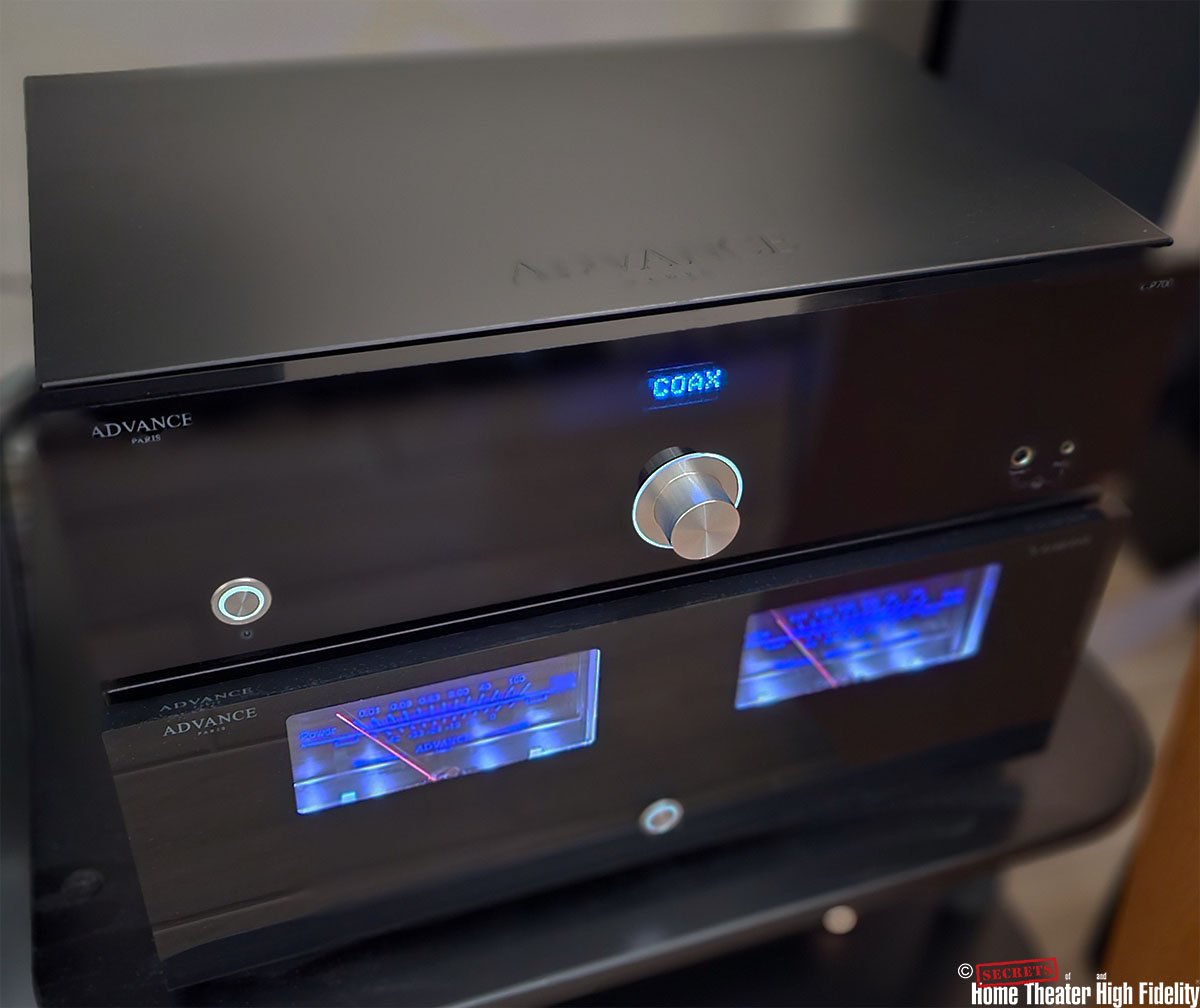 Advance Paris X-P700 preamplifier and X-A160 EVO amplifier pair
Advance Paris X-P700 preamplifier and X-A160 EVO amplifier pair
Advance Paris, a French audio manufacturer founded in 1995, originally operated under the name Advance Acoustic before rebranding to Advance Paris in 2013. Since its establishment, the company has demonstrated a steadfast dedication to delivering high-quality audio components at accessible prices. The company’s mission has been to deliver uncompromising sound quality at affordable prices through a harmonious blend of technology and aesthetics.
The X-P700 preamplifier and X-A160 EVO power amplifier represent a compelling combination within the Advance Paris product lineup. The combination offers versatile connectivity, suitable for handling a wide range of audio sources and, hence, can serve as a hub for one’s hi-fi stereo system. At a combined price of about $5,000, this separates system promises high-quality sound at an attractive price point.
Topology:
dual-mono design
Analog inputs:
1 balanced XLR, 7 unbalanced RCA, 1 phono MC / MM
Digital inputs:
1 USB type-B, 1 USB type-A, 1 S/PDIF coaxial electric RCA, 2 Toslink optical
Analog outputs:
1 stereo L / R balanced XLR, 1 stereo L / R unbalanced RCA, 1 stereo L / R Pre- Out Hi-Pass RCA, 2 Sub Out RCA
Output level (unbalanced/balanced):
2V/4V
Frequency response:
20 Hz – 45 kHz (+/-3dB)
Distortion:
< 0.07%
Input Impedance:
10 kΩ
Channel separation:
> 80 dB (DAC: > 130 dB)
S/N ratio:
> 103 dB (DAC: > 123 dB)
DAC:
Burr Brown PCM 1796 24 bit/192 kHz
Other features:
double trigger-out ports, black finish with 10mm thick methacrylate panel, IR remote control
Max power consumption:
30 W
Dimensions (L x H x D):
16.9” x 4.7” x 11” (43 cm x 12 cm x 28 cm)
Weight:
14.7 lbs. (6.7 kg)
MSRP:
$2,499
Power output:
2 X 160W RMS (8 Ω), 2 X 240W RMS (4 Ω)
Frequency response:
10 Hz – 80 kHz
Distortion:
< 0.07%
S/N ratio:
> 120 dB
Channel separation:
> 80 dB
Input impedance (unbalanced/balanced):
20 kΩ/38 kΩ
Standby power consumption:
< 0.5W
Max power consumption:
500W
Power transformer:
700 W toroidal
Dimensions (L x H x D):
16.9” x 6.3” x 16.5” (43 cm x 16 cm x 42 cm)
Net Weight:
41.8 lbs. (19 kg)
MSRP:
$2,499
Company:
SECRETS Tags:
Advance Paris, X-P700, Preamplifier, X-A160 EVO, Amplifier, Power Amplifier
Secrets Sponsor
Consistent with other offerings in Advance Paris’ Classic line, both the X-P700 preamplifier and X-A160 EVO amplifier feature a refined modern design complemented by classic elements. As is standard for the Classic Line, their front panels are crafted from 10-mm thick black methacrylate—a robust and lightweight polymer that resembles dark-tinted glass while providing increased shatter resistance. Overall, these products exhibit a high standard of build quality.
For a preamplifier, the front panel of the X-P700 is as uncluttered as it gets, featuring only a standby/on button, a multifunction rotary knob, and two headphone jacks compatible with 6.35 mm and 3.5 mm connectors. The multifunction rotary knob allows users not only to control volume and select inputs but also to navigate the X-P700’s menu system and confirm various settings through its push-select feature. In addition, users can also operate the device and make adjustments via the included remote control. This lightweight, slender plastic remote, while not backlit, offers an expanded array of buttons to accommodate additional Advance Paris components. This remote fits comfortably in the hand and provides an overall pleasant user experience. The device responds swiftly to remote commands and supports use from a wide range of angles.
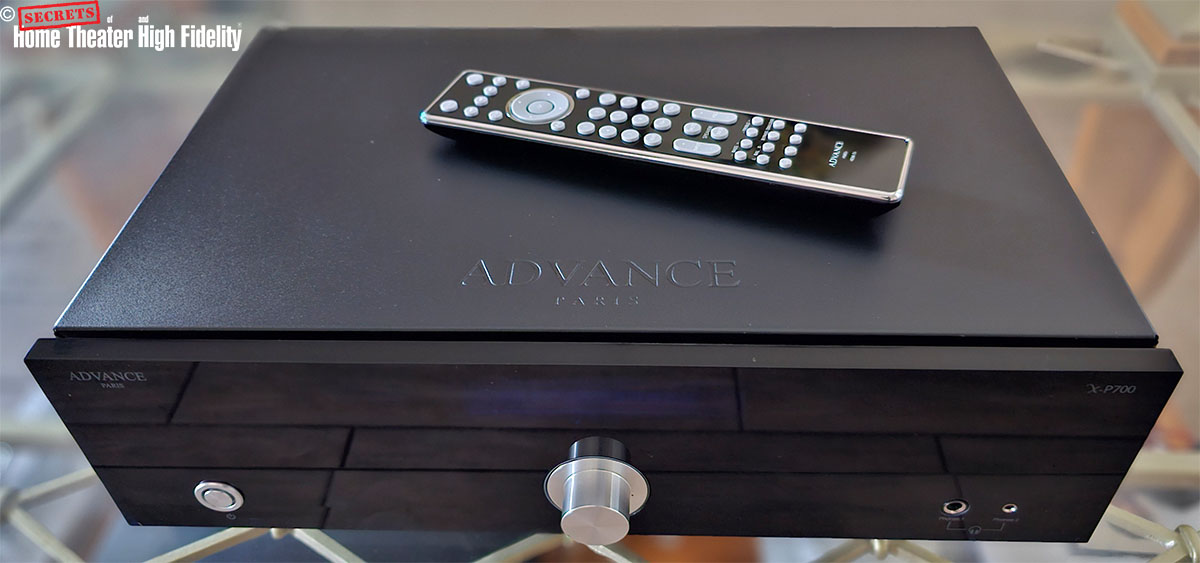 Advance Paris X-P700 preamplifier front view with remote
Advance Paris X-P700 preamplifier front view with remote
The X-P700 features a dual-mono topology, commonly implemented in higher-end preamplifiers, which enhances left and right channel separation to reduce crosstalk and improve stereo imaging. Incorporating Direct Path technology, the preamplifier maintains the shortest and most efficient signal pathway, preserving the integrity of the audio signals. Notably, the X-P700 provides a distinctive capability uncommon among preamplifiers: users can select between two output modes: Class A and Discrete. The Class A Mode utilizes bipolars in a double cascade circuit, offering sonic characteristics similar to those of valve-based designs, while the Discrete Mode employs a JFET differential and current mirror within bipolars. This flexibility allows users to tailor sound output to their preferences. Additionally, the X-P700 is equipped to process PCM digital signals via its onboard Burr Brown PCM 1796 DAC, supporting resolutions up to 24-bit/192 kHz.
A glance at the rear panel highlights the X-P700’s extensive input-output connectivity. This preamplifier accommodates nine analog inputs, including one balanced (XLR) input, an MM/MC phono input, and seven unbalanced (RCA) inputs. The presence of an MC phono option places the X-P700 above average within its price category, as most competing preamplifiers typically only feature an MM phono input, if any. Users can select the appropriate phono type (MC Low, MM, or MC High) and phono capacitance (100P/200P/320P, with P denoting pF) via two switches located adjacent to the phono input connectors.
On the digital side, the X-P700 provides two optical inputs, one coaxial input, a USB-A (for music file playback from portable storage devices), and a USB-B connectivity.
Output options include full-range unbalanced RCA and balanced XLR outputs, a high-pass output, and two subwoofer outputs with selectable crossover frequencies (either 75 Hz or 150 Hz). The 150 Hz setting is recommended for smaller speakers that perform best above 100 Hz or for subwoofers with limited low-frequency extension. Conversely, the 75 Hz setting is ideal for speakers capable of handling lower frequencies or for subwoofers designed to reproduce deeper bass.
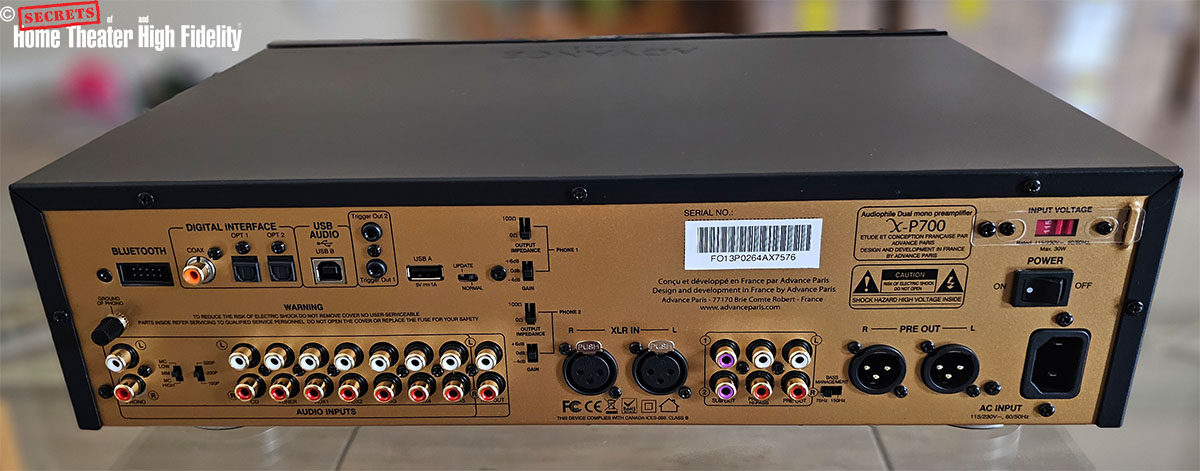 Advance Paris X-P700 rear panel
Advance Paris X-P700 rear panel
The X-P700 also stands out for its headphone connectivity, offering both 6.35 mm and 3.5 mm front jacks, complemented with independent gain controls (+6, 0, -4 dB) and selectable output impedance (0 Ω or 100 Ω) on the rear panel. These features ensure improved headphone matching and enhance headphone listening experiences.
In addition to the various input-output connectivity and adjustment switches, the rear panel also hosts an AC power outlet, a primary power on-off rocker switch, a Bluetooth receiver connector, and two DC trigger outputs. The comprehensive array of connections and controls is thoughtfully organized on the rear panel of the X-P700, resulting in a neat and uncluttered layout.
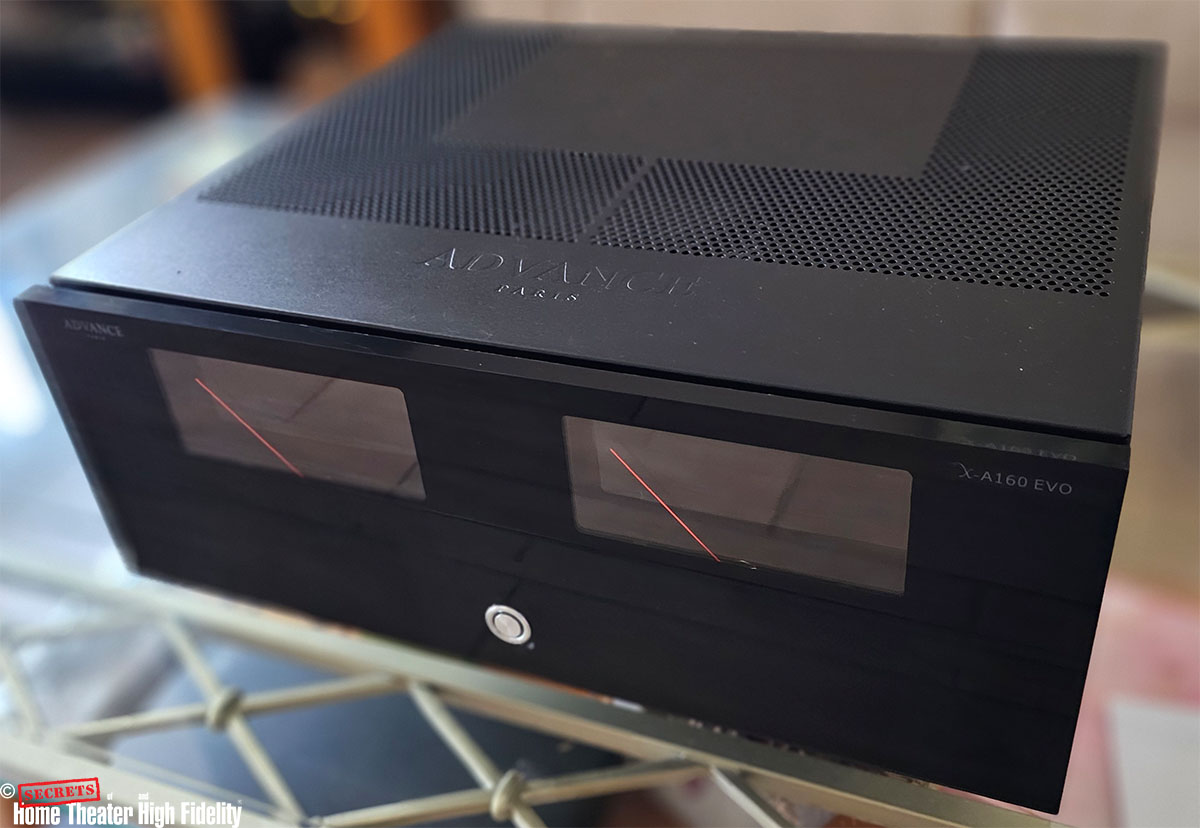 Advance Paris X-A160 EVO front view
Advance Paris X-A160 EVO front view
The X-A160 EVO is a Class AB stereo power amplifier capable of delivering 160 W per channel into 8-ohm loads or 240 W per channel into 4-ohm loads. Its design incorporates an ultra-rigid, compartmentalized chassis that enhances shielding and minimizes interference between circuits. The front panel features two prominent VU meters with orange pointers and purplish-blue illuminated scales. This illumination can be dimmed or turned off completely via a switch on the rear panel.
A distinguishing feature of the X-A160 EVO is the inclusion of a High Bias on/off switch. When this switch is off, the amplifier functions as a traditional Class AB design, operating in Class A for the first 5 Watts before switching to Class B at higher wattage. Activating High Bias enables Class A operation for higher initial Watts (10 W) before transitioning to Class B for higher output demands. The X-A160 EVO offers compatibility with both balanced (XLR) and unbalanced (RCA) input connections, and outputs audio through a set of five-way binding post speaker terminals.
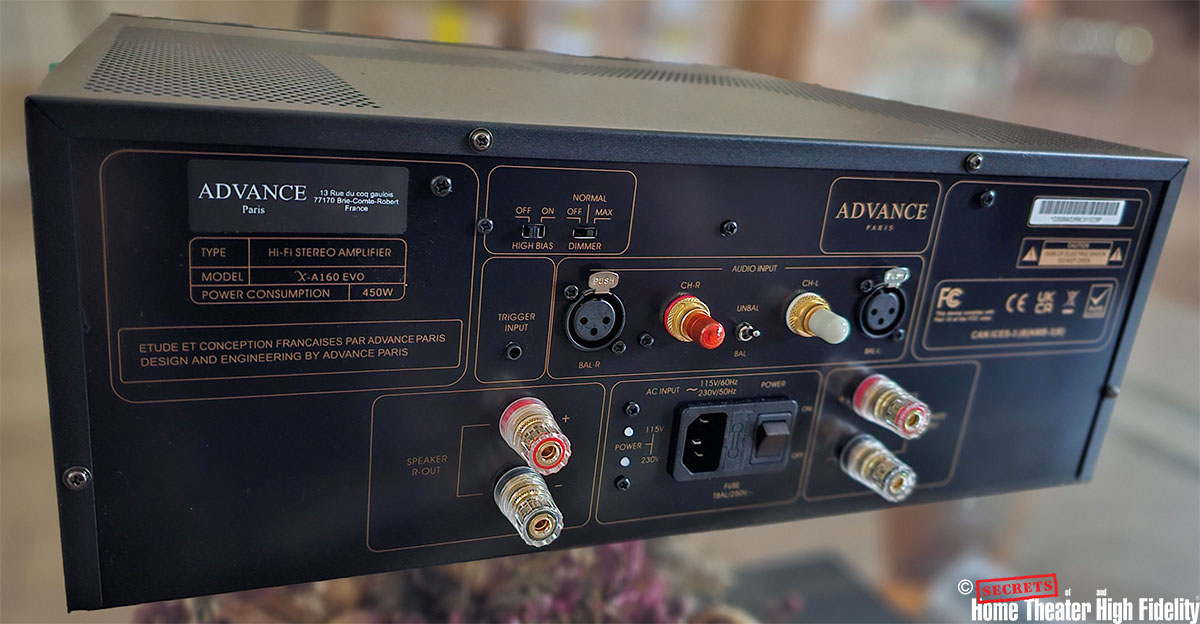 Advance Paris X-A160 EVO rear panel
Advance Paris X-A160 EVO rear panel
For the evaluation, the X-P700 preamplifier was primarily stacked atop the X-A160 EVO amplifier, with both components connected via a balanced interface. Digital sources included the Auralic Aries G1 streamer and the PS Audio PerfectWave CD Transport, which supplied signals to the coaxial and optical inputs of the X-P700, respectively. Analog input was provided by the Eversolo DMP-A8 streamer/DAC and the Music Hall Classic turntable, connected to the line-level unbalanced and MM phono inputs, respectively. The X-A160 EVO powered my Revel Ultima Studio loudspeakers for the assessment. Headphone performance was assessed using Massdrop X Sennheiser HD 6XX headphones and Kiwi Ears Quintet In-Ear Monitors.
I referred to the Quick Start manual, which is available in multiple languages, including French, English, and German, to configure and access setting options from the X-P700 menu system. The manual provides sufficiently comprehensive guidance on connections and setting adjustments; however, the English section lacks clarity in certain areas, likely due to translation issues resulting in the use of uncommon terminology and expressions. Despite these challenges, I was able to obtain the necessary information to complete the setup successfully.
Upon first listening, the sonic impression of the X-P700 and X-A160 EVO combination that first came to mind was its fullness. The sound produced by this pairing never appeared lean and consistently exhibited sonically pleasing characteristics. Of the two modes of operation available on the preamplifier and amplifier, my preference was the Class A mode on the X-P700 preamplifier and High Bias mode on the X-A160 EVO amplifier. The engagement of these modes added warmth to the overall presentation and smoothed off the edges around the notes, resulting in what I considered as a more refined sonic performance. The other modes tended to be more analytical and generated a more vivid outline around the notes. As always, listener preferences may vary. My comments below were based on the engagement of Class A and High Bias modes in both components.
Within their respective price categories, the X-P700 and X-A160 might not be the most accurate and most coherent in their musical presentation; however, their warmth and fullness of presentation contributed to an engaging listening experience. The resulting sonic character evokes tube-like qualities, aligning with the intended design philosophy behind Class A and High Bias operational modes. The X-P700 and X-A160 EVO combination delivers a distinct sweetness in timbre that enhances vocal-centric and small ensemble music genres, such as Laufey’s Bewitched album (2023). The track Misty from the album effectively demonstrated these attributes, with the system articulating both the nuanced warmth of Laufey’s vocals and the intimate atmosphere typical of jazz club performances. Instrumental details, such as piano and brushed drums, were rendered with realistic texture, facilitating listener immersion into the music’s mood and emotion. Furthermore, the pairing proved capable of conveying the ambiance of larger ensembles, as evidenced by its convincing rendition of the album’s title track, Bewitched.
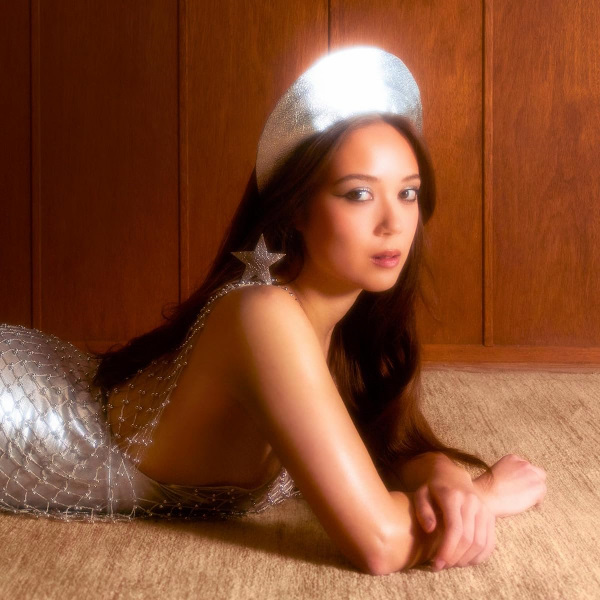 Laufey’s Bewitched (2023) album cover
Laufey’s Bewitched (2023) album cover
The presentation was well balanced across all frequencies with no distracting overemphasis on a certain range. The midrange delivery was pretty solid, and the treble was sufficiently detailed and clear. While there may be less midrange smoothness, no discernible harshness was present, and prolonged listening did not result in fatigue. The X-A160 EVO amplifier supplied power with poise and control, delivering punchy and extended bass. Together, the X-P700 and X-A160 EVO provided solid midrange, treble, and bass that contributed to a lively and glorious presentation of the track Thanks to You from Boz Scaggs’ album Dig (2001). The track contains a strong bass foundation throughout, and although the lowest bass octaves were not fully reproduced without a subwoofer, the combination still delivered impactful bass through the Revel Ultima Studio speakers, resulting in a complete sound experience.
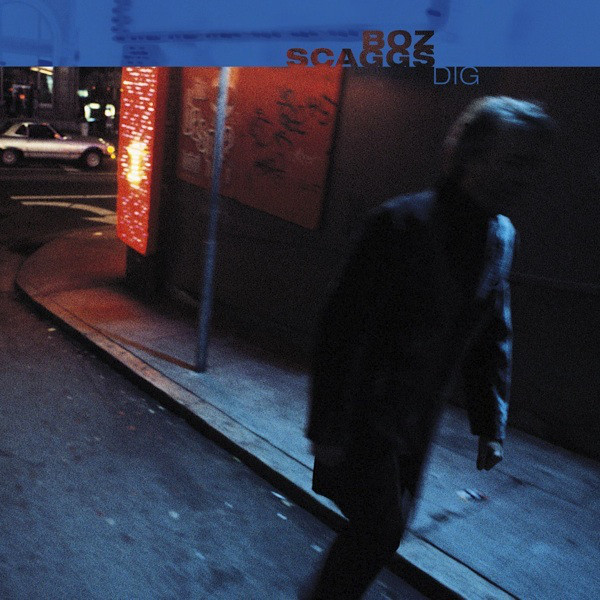 Boz Scaggs’ Dig (2001) album cover
Boz Scaggs’ Dig (2001) album cover
The X-P700 and X-A160 EVO combination demonstrated notable proficiency in resolving the musical layers and spatial cues in the recording, delivering a sufficiently wide and deep soundstage. Imaging was well-defined and steady throughout. The music in the modern jazz album Kind of Tango (2020) by Wolfgang Haffner (drums) benefited greatly from the soundstage prowess of this pairing. The dynamic interplay between softer and louder instruments in tracks such as Tango Magnifique and Close Your Eyes and Listen was reproduced with remarkable clarity and nuance. Instrument separation and the layering of their positions within the soundstage were accurately conveyed. Listening to various selections from this album further underscored the system’s prowess in rendering an immersive and atmospheric presentation, ultimately enhancing overall musical enjoyment.
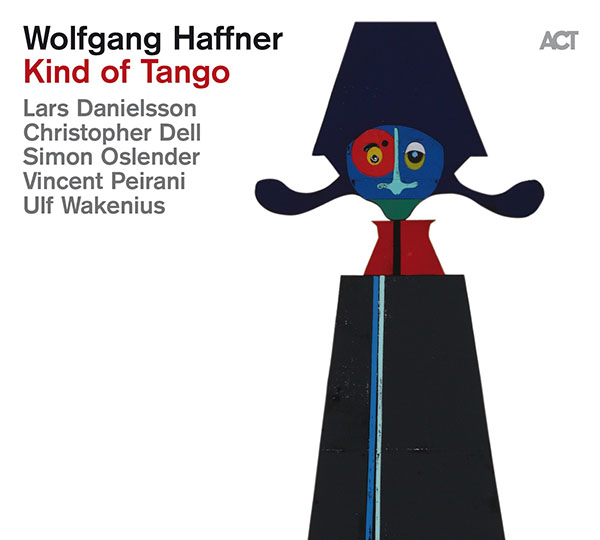 Wolfgang Haffner’s Kind of Tango (2020) album cover
Wolfgang Haffner’s Kind of Tango (2020) album cover
My brief evaluation of the phono and headphone functions of the X-P700 suggests that these features are not just for added versatility; they also deliver commendable performance. The phono stage consistently delivered balanced and clean sound with notable textural richness. Compared to the onboard phono stage of the Music Hall Classic turntable, the X-P700 produced sound that was marginally fuller during my assessments. During playback of Laufey’s California and Me from the Bewitched vinyl album through the X-P700’s MM phono stage, the vocals sounded natural, and the presentation remained smooth throughout.
I was extremely delighted with the headphone performance of the X-P700. The adjustable gain and impedance settings proved valuable for optimizing headphone performance. As mentioned, two headphone sets were used for the evaluation: the Massdrop X Sennheiser HD 6XX, with a high impedance of 300 ohms, and the Kiwi Ears Quintet In-Ear Monitor, with a lower impedance of 32 ohms. While there was a slight variation in transparency – reflecting the inherent sonic qualities of each model, with the Quintet offering marginally greater transparency compared to the HD6XX – the X-P700 consistently delivered balanced, full-bodied audio with excellent spatial characteristics. Overall, the smoothness of the presentation via the X-P700’s headphone output ranked highly in my book, notably outperforming most other non-headphone-specific devices that I have ever tried.
Secrets Sponsor
The Advance Paris X-P700 preamplifier and X-A160 EVO amplifier combination offers a compelling blend of features, performance, and aesthetics, representing a strong value proposition in the high-fidelity audio market.
- Distinctive, uncluttered, glassy front panel look.
- Comprehensive input/output connectivity of the X-P700 preamplifier.
- X-P700’s above-and-beyond phono stage and headphone features.
- Operating mode adjustability (Class A/Discrete for X-P700 preamplifier and High/Normal Bias for X-A160 EVO amplifier).
- Solid all-around sonic performance.
- Bluetooth wireless receiver should be included in X-P700 to add versatility.
All in all, the X-P700 preamplifier and X-A160 EVO amplifier combination showed prowess as legitimate hi-fi components that can readily compete with other hi-fi products in a similar price range. The pairing of the X-P700 preamplifier and X-A160 EVO amplifier not only offers an appealing aesthetic but also delivers robust high-fidelity performance. The X-P700’s comprehensive connectivity and ability to handle both analog and digital signals, combined with the X-A160 EVO’s power and control, create a system that is both technically capable and sonically pleasing. This combination delivers great sound quality at a competitive price point, reflecting Advance Paris’s commitment to delivering uncompromising sound performance at accessible prices.


